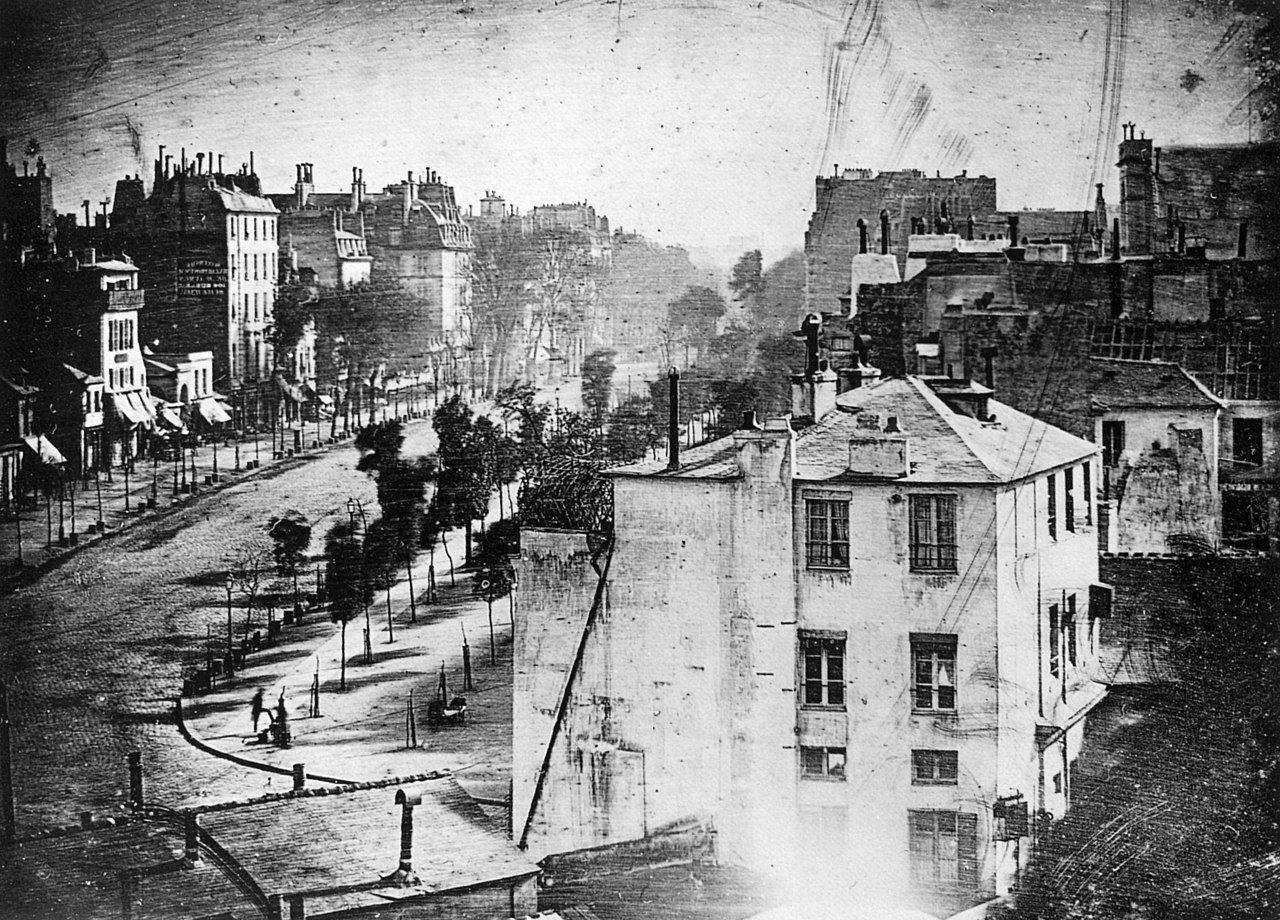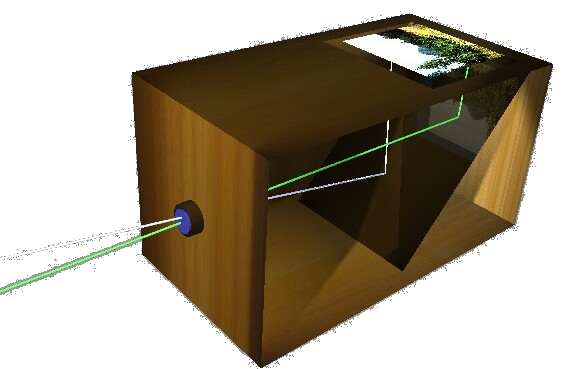 Photography
Photography 

 👇
👇
.gif)


 A camera obscura used for drawing
A camera obscura used for drawingThe Arab physicist Ibn al-Haytham (Alhazen) (965–1040) also invented a camera obscura as well as the first true pinhole camera. The invention of the camera has been traced back to the work of Ibn al-Haytham. While the effects of a single light passing through a pinhole had been described earlier, Ibn al-Haytham gave the first correct analysis of the camera obscura, including the first geometrical and quantitative descriptions of the phenomenon, and was the first to use a screen in a dark room so that an image from one side of a hole in the surface could be projected onto a screen on the other side. He also first understood the relationship between the focal point and the pinhole, and performed early experiments with afterimages, laying the foundations for the invention of photography in the 19th century.
.gif)



.gif)

.gif)
No comments:
Post a Comment